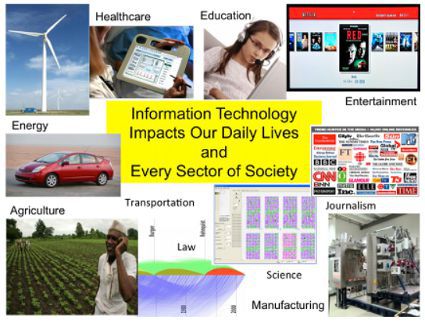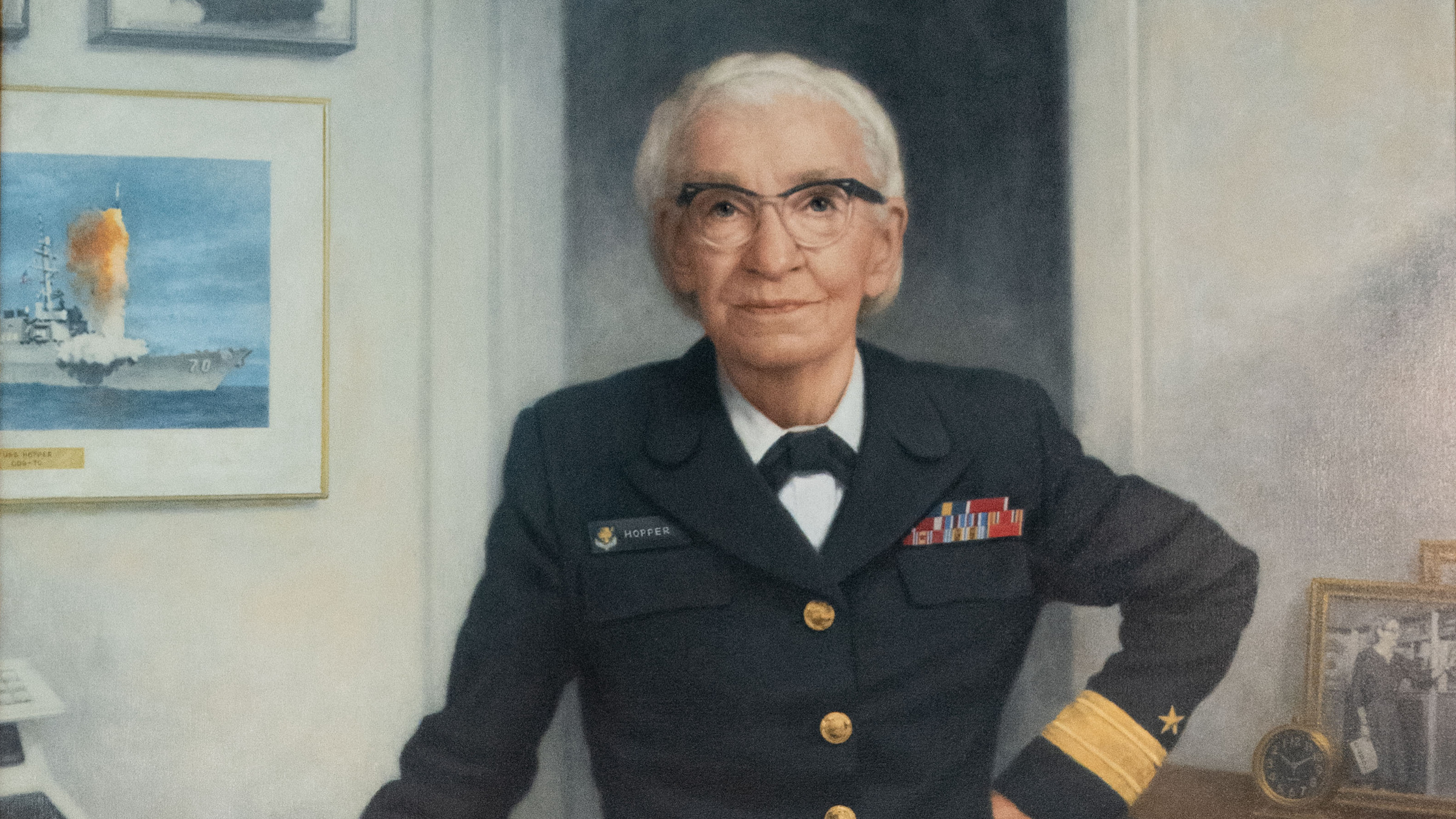
Author’s note: This entry appears on the NITRD 20 Symposium Web site and is reproduced here for the CACM audience. My earlier blog post “Happy 20th Birthday to NITRD!” gives some background on NITRD and the symposium.
Progress in information technology over the past 20 years has dramatically changed our lives — in our daily routine, at play, and at work. For example, homes are “smarter” and richer in day-to-day conveniences, largely as a result of significant advances in mobile devices, wireless networks, robots, sensors and actuators, software services, data analytics, optimization and approximation algorithms, and social networks and media. To heat and cool our homes, we no longer adjust the thermostat every time we feel too cool or warm; we use programmable thermostats that automatically sense and adapt, based on our needs and routines. To turn our lights on or off, we no longer use the switches that come with our lamps; we rely on motion sensor technology that can detect the presence (or absence) of an individual in a particular room and alter the state of the light accordingly. To clean our house, we no longer use the Dyson G-force cyclonic vacuum cleaner; we use a robot that can vacuum wood floors, carpeting, and even pet hairs.
Advances in information technology have changed the way we read books, listen to music, watch movies, go shopping, search for information, and communicate with friends and family. We have replaced shelves overflowing with books with e-readers and e-books. We have replaced towers of CDs with personal music devices that store thousands of songs that can be purchased and downloaded from the Internet individually. We can listen to music anywhere, anytime, and while doing anything. We have replaced videotapes and VCRs with streaming video and services for accessing thousands of movies without getting off the living room couch. We used to go to the mall; now we shop online. Children used to visit their grandparents only on special occasions and holidays; now they can “visit” them daily by using free Internet video-chatting services from the comfort of the family room.
Advances in information technology also have had an impact on all business and professional sectors, from healthcare to energy, agriculture, transportation, education, law, engineering, science, and the humanities. New devices, wireless networks, data analytics, and social media are helping us realize a more efficient, cost-effective, and safer patient-centric healthcare system. Mobile phone technology enables farmers, especially those in underdeveloped regions and countries, e.g., grape growers in India and cocoa farmers in Ghana, to determine market prices, crop volumes, transportation costs, and weather forecasts, thereby increasing their productivity and standard of living. Programmable engine control units, coupled with automatic braking, cruise control, advance collision warning, and parking systems make today’s vehicles networks of computers. Wireless sensor networks monitor the health of the structures we build, such as airplanes, buildings, and bridges, thus preparing us better for prevention and detection of failures and recovery from disasters. The explosion of online learning systems means millions of people around the world have affordable access to instruction by the best in the field. Mathematicians use wikis and blogs for expeditious collaboration in proving theorems or disputing claims. Scientists apply data mining and machine learning on exabytes of data to find patterns and make new discoveries. Crowdsourcing and gaming enable citizen science at Internet scale.
Information technology impacts our daily lives and every sector of society. If we continue to make the kind of progress in information technology as we have made for the past 20 years, imagine what life will be like in another 20 years!




Join the Discussion (0)
Become a Member or Sign In to Post a Comment